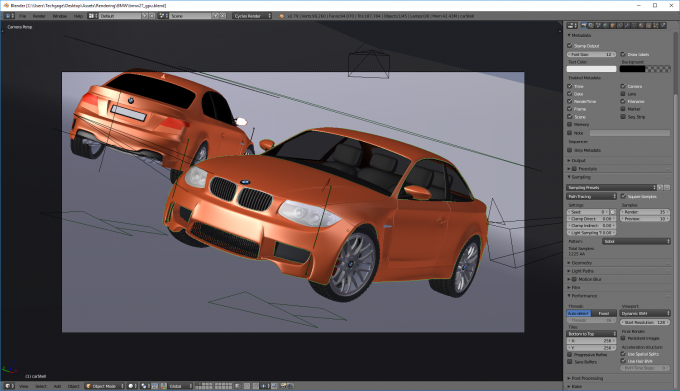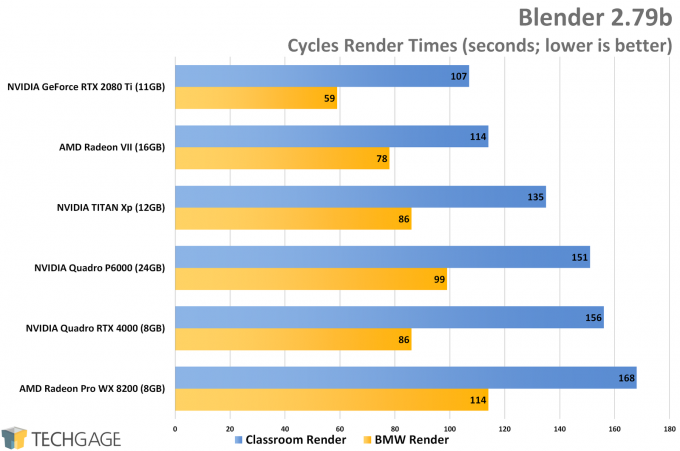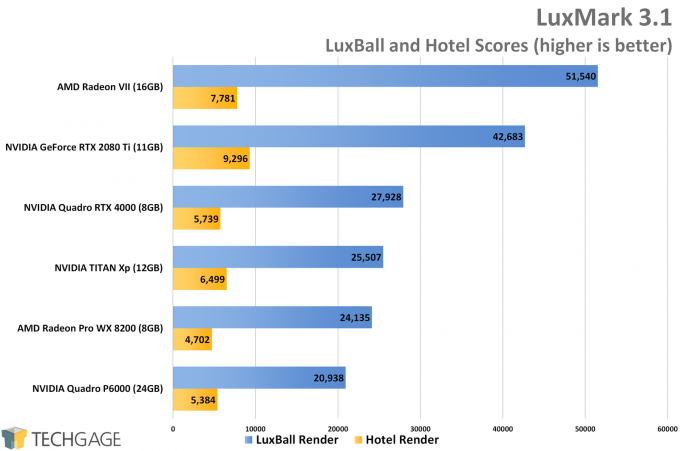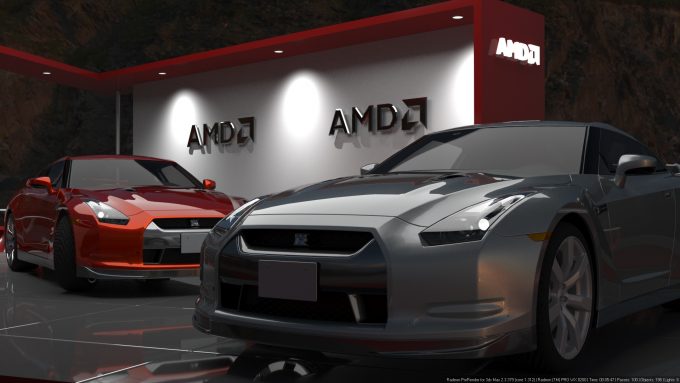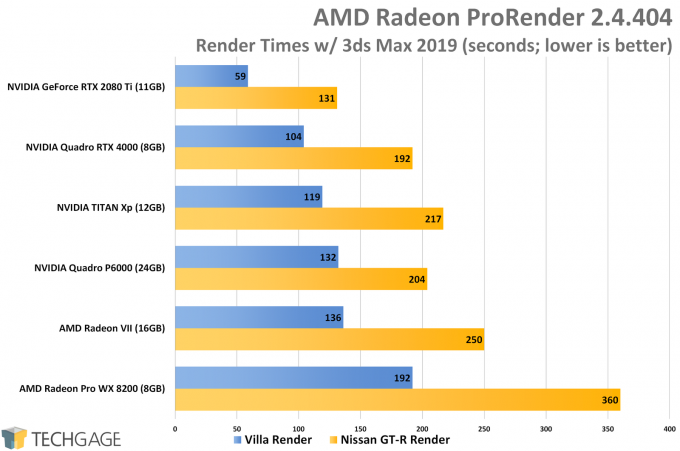- Qualcomm Launches Snapdragon 4 Gen 2 Mobile Platform
- AMD Launches Ryzen PRO 7000 Series Mobile & Desktop Platform
- Intel Launches Sleek Single-Slot Arc Pro A60 Workstation Graphics Card
- NVIDIA Announces Latest Ada Lovelace Additions: GeForce RTX 4060 Ti & RTX 4060
- Maxon Redshift With AMD Radeon GPU Rendering Support Now Available
A Look At AMD’s Radeon VII Workstation & Compute Performance
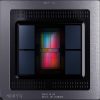
AMD’s Radeon VII might be the first 7nm gaming GPU, but the reality is, this Vega 20 chip is keen on tackling compute-intensive benchmarks, such as those from our workstation test suite. Having taken a look at gaming performance in another article, this one takes care of encoding, viewport, and rendering applications.
Page 3 – Blender, LuxMark & Radeon ProRender
Blender
Both AMD’s CPUs and GPUs have been great for Blender performance the past couple of years. In particular, Radeon RX Vega 64 impressed us quite a bit at its launch, much like the Radeon VII is impressing us with the performance seen here. NVIDIA’s top dog pulls ahead, but it also costs at least $300 more, so all things considered, VII is a strong contender.
The release of Blender 2.80 is right around the corner, and we plan on digging into its performance once it drops. Unfortunately, our initial performance tests with the 2.80 beta have been a miss, although more testing needs to be done. In particular, heterogeneous rendering (CPU+GPU) is enabled by default, and in our initial tests, using that mode is slower than using the GPU by itself.
We’ll dig in a lot more soon, but if you’re reading this and have had great experiences with heterogeneous rendering in the 2.80 beta, please comment below to let us know.
LuxMark
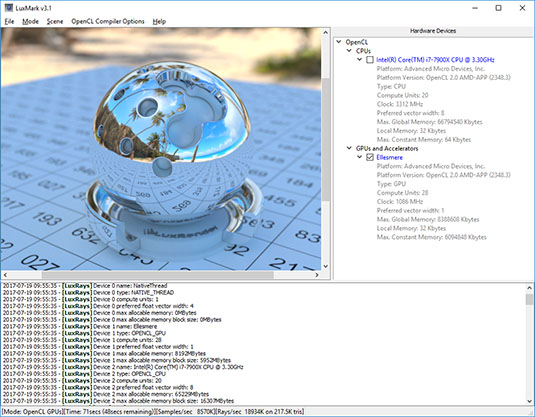
During our product briefing, AMD mentioned that LuxMark performance on the Radeon VII is good, and it gave us an example of just how good. We didn’t really expect it to best the 2080 Ti, which already impressed the hell out of us with its performance a couple of months ago. Here, AMD didn’t just beat the 2080 Ti with the LuxBall render, it leaped ahead.
It’s humorous that when Ryzen launched, AMD’s best bud quickly became Cinebench. Now that Radeon is so hopped up on compute steroids, LuxMark suddenly has the company’s interest – and really, who could blame it? This performance is outright amazing.
What relevance does LuxMark have, you ask? It’s relevant to those who use the open-source renderer LuxRender, now known as LuxCoreRender due to project abandonment. If you use Blender, you can plug LuxCoreRender in, or use standalone software to go the fully manual route.
Radeon ProRender
It’s strange, but AMD’s own Radeon ProRender performs better on NVIDIA GPUs than Radeons, something we found out in our look at the WX 8200. There’s something about NVIDIA’s RTX that accelerates this workload, based on both the 2080 Ti and Quadro RTX 4000 result. But, even the older Pascal GPUs perform better than AMD’s latest and greatest.
Support our efforts! With ad revenue at an all-time low for written websites, we're relying more than ever on reader support to help us continue putting so much effort into this type of content. You can support us by becoming a Patron, or by using our Amazon shopping affiliate links listed through our articles. Thanks for your support!




